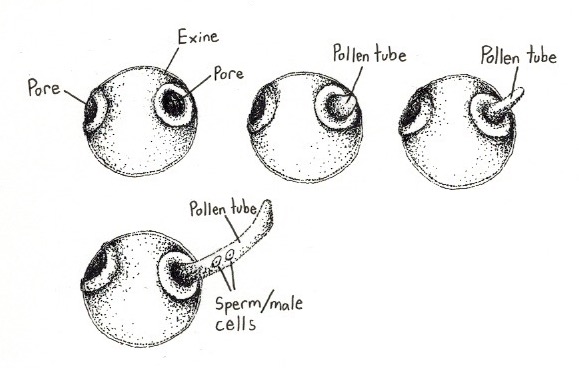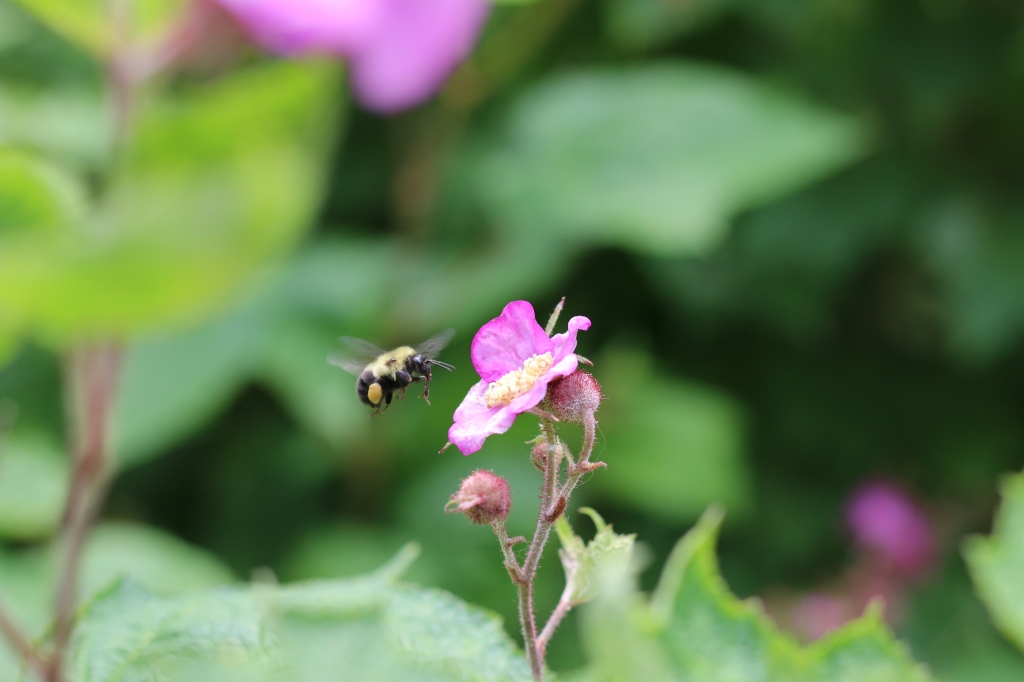The Museum of Nature, located in Ottawa Ontario, is host to many spectacular nature exhibits. The newest and shiniest of installations features the bold and beautiful Canadian North. Opened on June 21st, 2017, the gallery is interactive and educational in the best ways. It contains oodles of information on the wildlife which inhabits the land and waterscapes, and how humans interact with them. Featuring the voices of Northern communities, who are free to share their experiences living in the cold, the Museum of Nature does an excellent job in conveying the respect the people have for wildlife, and their need to live with it.
On July 29th of this year, I took a trip to the Museum of Nature, intrigued by hearing whispers of their amazing new gallery. A true step forward in the conservation field by connecting our public to an ecosystem many have only heard of. After all, people are more likely to care about and take action when they feel connected to the ecosystem which they are contributing to. With the excitement of a little girl, I zipped through the museum, with awe. Finally, I reached the top floor and stopped. Before entering the Arctic Gallery, I was greeted with a rather large Canada Goose Company symbol. Despite my disapproval of a company which uses real fur as trim on their iconic jackets, I marched on, and I must say, I loved every bit of the gallery. It’s use of multiple forms of media made it not only accessible, but gave all visitors from every age category a chance to connect in a way they felt comfortable. It presented the traditional communities in a respectful way, ensuring the stories were told by the people who lived them. So why then, did they choose to accept a $1.5 million sponsorship from a company as controversial as Canada Goose? Wouldn’t it be considered hypocritical to have a company which kills animals as a sponsor for a gallery promoting conservation? I decided to take a deeper dive.
In the 1950’s, Canada goose founder Sam Tick, started a company focused on woollen vests, snowmobile jackets, and raincoats. It wasn’t until his son-in-law David Reiss joined the company, that Canada Goose began using real down in their jackets to increase their ability to insulate. Real fur wasn’t incorporated until the company took on a project to aid the researchers working in the coldest places on earth, Antarctica. As much as I support faux fur, it is a known fact that nothing keeps you quite as warm as real fur. After all, animals evolved it to keep themselves warm in those conditions, and the exact structure is expensive and difficult to recreate. To prevent frost-bite from nipping at their skin, Canada Goose added fur to help keep researchers safe and comfortable in beyond freezing conditions. The first jacket to have both down and real fur was nick-named Big-Red. As unfortunate as it may be, this jacket caught on, but more-so as a fashion statement. Canada Goose jackets can now be seen walking the streets of Toronto, where the weather never gets nearly as bad as in the Arctic. Since the take off of the company, however, Canada Goose has worked on ensuring sustainable practices. They use coyote fur because of abundant populations, and ensure that the coyotes are killed in humane ways. One can argue there is no humane way to capture and kill an animal simply for its fur, and I believe this is something the consumer should take into account before buying a jacket from the company. The down is sourced from the poultry industry, so the entire animal is being used, which somewhat helps ease the minds of animal lovers. Furthermore, Canada Goose has committed to traceable sources, ensuring that all their animal products come from trusted sources within Canada which comply with the Agreement of International Humane Trapping Standards (AIHTS) and the Best Managed Practices (BMP).
Although their use of fur and down is extremely controversial to many people, and I personally disagree with their use of fur as fashion, their commitment to conservation is admirable. The company did not originate as a fashion statement, but rather as a way to ensure researchers in the arctic were kept safe. They acknowledge the use of fur as a choice and try to achieve this in the most ethical way possible, noting that it is virtually impossible to entirely separate humans from animal use. To better contribute to conservation efforts, the company has partnered with Polar Bear International (PBI) an organization focused on wild polar bear conservation. Canada Goose also donates over 1 million meters of fabric to northern communities, honouring their origins of aiding people in arctic climates.
After taking this dive into the history of the company, I am no longer surprised at the Museum of Nature’s decision to use Canada Goose as a sponsor. In fact, I think it is a worth while partnership. The mandate of the Canada Goose Arctic Gallery in the Museum of Nature is to better the public’s understanding and respect for the Arctic, its communities, and wildlife. It seems to me that Canada Goose has a similar goal, through its contribution to polar bear conservation and community engagement. Instead of spreading negative information and comments about the company, perhaps efforts would be better spent in a middle ground. Think twice before buying a jacket, think about whether or not you really need fur in this climate, and support conservation efforts through other means. By visiting the gallery, you are supporting the northern communities. I don’t believe that Canada Goose’s use of fur on their jackets should negate their role in the conservation field, or dissuade the public from visiting such an inspiring and valuable gallery. As always, I encourage you to follow your heart.
With love from Patricia.
Sources:








